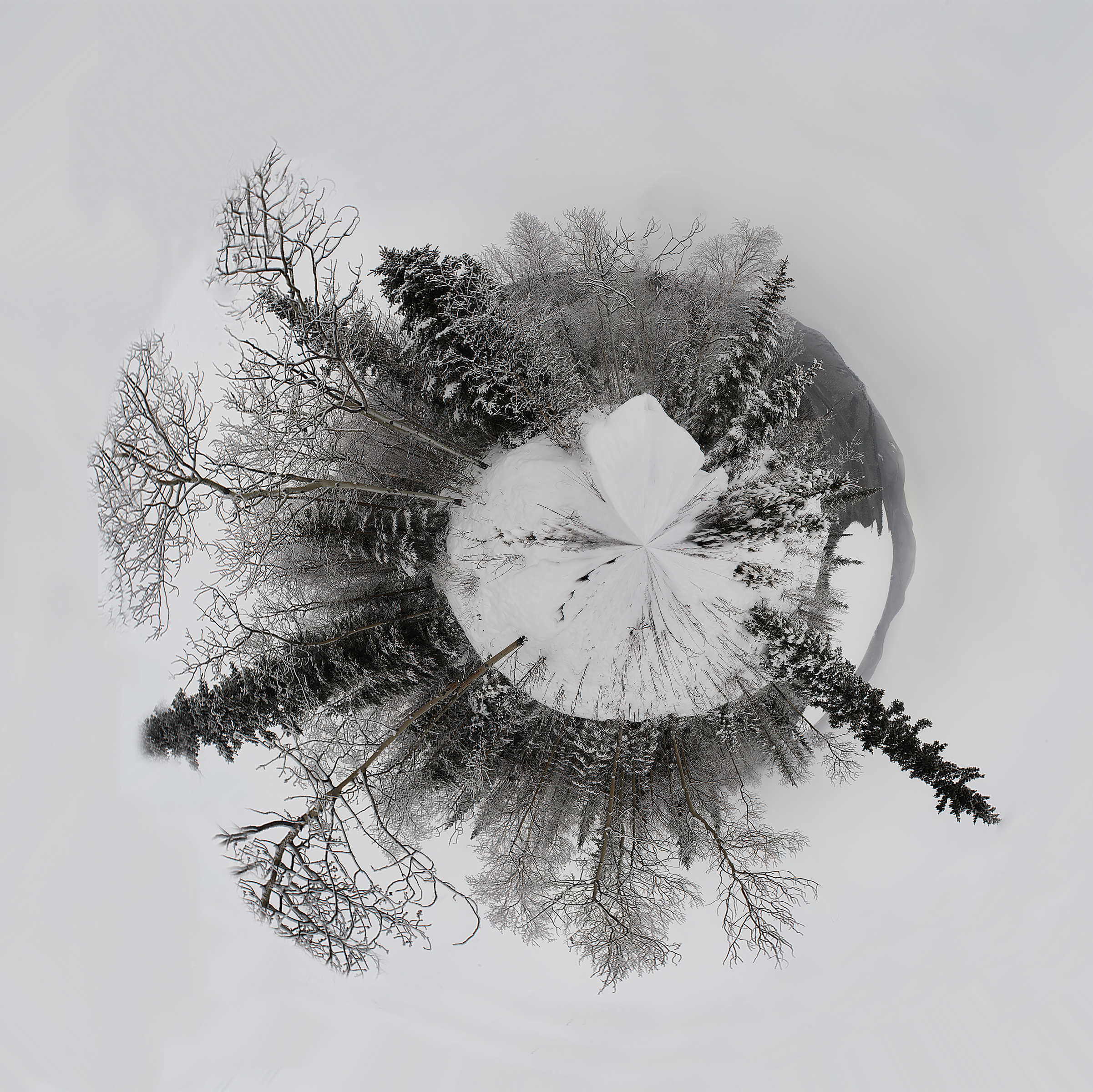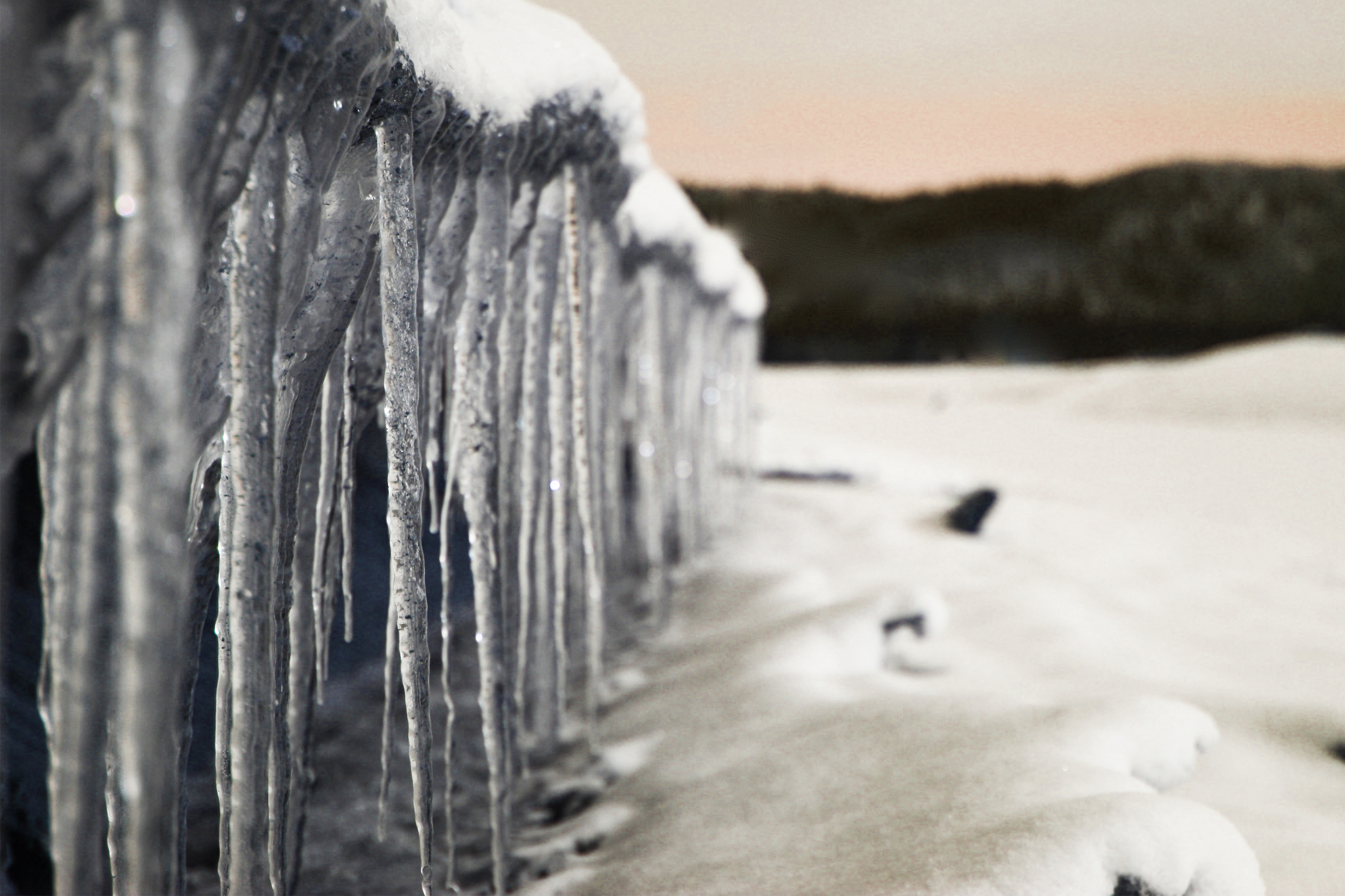Physics of a Film Camera Lens
|
Have you ever wondered how a camera is able to focus in
order to take photographs?
The answer is simple physics.
|
Camera Lingo
|
f= Focal length do= Object distance di= image distance This formula is how a lens is able to focus on an object. The problem is this equation is for ideal lenses, strictly speaking for lenses that have "zero thickness". However lenses in cameras can be manufactured to act almost as though they are "perfectly thin." |
Focusing with your feet?Lets say you want to take a photo of a tree, you
pull out your camera and try to snap a photo, the
problem is that the tree is blurry and out of
focus. You could say walk towards the tree and it
would cause the image to come into focus, or
using our handy dandy formula we can calculate how
much the lens needs to move to cause the camera to
focus. Lets say you have a lens with a focal
length of 10mm, and you want to take a photo of
the tree that is one meter away (1000mm) using
some simple algebra we can calculate that the lens
needs to move only 10mm to focus on the tree.
Conversely, if you could not adjust the lens you
would have to move back over a meter in length to
cause the tree to come into focus. |
 |
 Here are some photos taken by Jonathan Gates. These photo demonstrate how cameras focal lengths and depth of fields can be used to take photos. |


